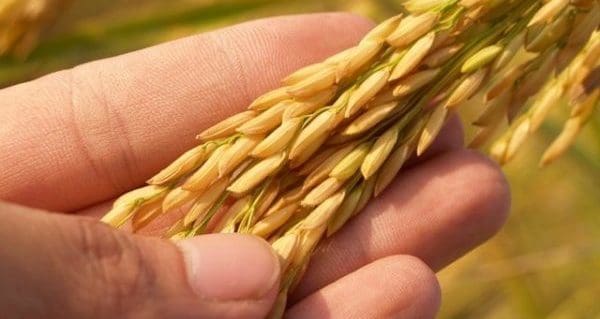Kenneth Brown
of The Crossroads
The wheat commissions in Saskatchewan and Alberta are supporting 11 research projects with new funds through the Agriculture Development Fund (ADF) process.
A joint announcement was made on Sept. 26 to highlight a combined investment of $2.2 million by the Saskatchewan Wheat Development Commission (Sask Wheat) and Alberta Wheat Commission (AWC) to fund innovative wheat research at universities and government research facilities.
The research projects will benefit producers by working on improved crop varieties, agronomic practices and post-harvest strategies, a news release says. Sask Wheat is investing about $2.07 million in all 11 projects while the AWC is investing $138,000 in two projects.
[emember_protected for=”2″ custom_msg=’For more on this story, please see this week’s print edition of The Cross Roads.’]
The ADF is a joint program offered through the federal and provincial governments as part of the Growing Forward 2 initiative. The ADF funds projects with the intent to provide growth opportunities and to enhance competitiveness within the agriculture industry.
The 11 research projects have been able to leverage a total of $5.1 million from all funding sources. Other funding sources are free to supplement the funds provided to researchers by the ADF. Lead researchers for six of the projects have an affiliation with the University of Saskatchewan.
As for other projects, lead researchers are affiliated with organizations such as the National Research Council of Canada, Agriculture and Agri-Food Canada (AAFC), Prairie Agriculture Machinery Institute and Saskatchewan Soil Conservation Association.
Researchers from the U of S and AAFC are joining forces on a project to work on an integrated approach for enhancing fusarium head blight resistance in durum. The project is receiving the most funding of all 11 projects at $1.5 million in total.
The project getting the second highest single amount of funding is for marker assisted pyramiding of pleiotropic and novel resistance loci to stripe, and other rust diseases in adapted Canadian Western Red Spring wheat. The project’s lead researcher is with AAFC and the project is receiving $804,000.
A timely project considering the wet, and often snowy, start to fall is the project being led by Dr. Joy Agnew at the Prairie Agricultural Machinery Institute. The project will help to define the best management practices for using supplemental heating with natural air drying. The project is receiving a total of $161,200.
Other funded projects range in focus from nitrogen fertilizer use to soil health. Funding for the other eight projects ranges from $194,435 to $458,816. Four projects study aspects of fusarium head blight, and four projects focus on durum wheat.
Dallas Carpenter, a spokesperson for Sask Wheat, said the commission has been funding research projects since its first board was established in 2014 and its research investments have been increasing since. He said the investment of $2.07 million is a typical size with respect to the ADF process, but overall research investment is on the rise.
“We’ve been ramping up our level of investment over the years as our research program has become more established,” he said, recognizing that the commission anticipates its annualized investment in the ADF to be around $2 million each year.
He noted that there are other funding processes and avenues the commission considers throughout a year in relation to its research program. The commission began collecting a check-off levy from Saskatchewan wheat producers on Aug. 1, 2013 and the levy is $1 per tonne.
Carpenter said Sask Wheat participates in a similar process to the ADF in Alberta known as the Agriculture Funding Consortium, so the commission participates in the program in the same way that AWC participates in Sask Wheat’s program.
“We contribute to projects that are applying through the Alberta process that may have some residual benefits here in Saskatchewan to Saskatchewan producers, and basically right across western Canada,” he said, recognizing that Sask Wheat also partners with Western Grains Research Foundation (WGRF) and other commissions to fund research.
The commission invests in breeding programs and other programs to ensure researchers have the funding they need for their projects to benefit producers in the future, he said. Various collaborative funding efforts will help to improve the bottom line for producers, he noted.
Carpenter said wheat breeders are often looking at ways to better adapt varieties to thrive in dry conditions or be less prone to lodging in wet conditions. There are several projects being undertaken on behalf of wheat producers.
The spokesperson said fusarium resistance is important research, especially for durum because it is more susceptible to the disease than other wheat varieties. He mentioned two of the projects being led by Dr. Curtis Posniak at the U of S because they focus on durum.
One of Posniak’s projects is taking a genetics and genomics approach to improving the milling potential of durum and his other project is enhancing fusarium resistance in durum. Board members at Sask Wheat keep their ear to the ground with respect to directing the investments, Carpenter said.
“The board of directors, I think they consider it a privilege to manage the farmer funding,” he added, recognizing that the board is diligent in its approach to selecting the projects. “This is farmer money that they are investing on behalf of their fellow farmers and they take this responsibility very seriously.”

